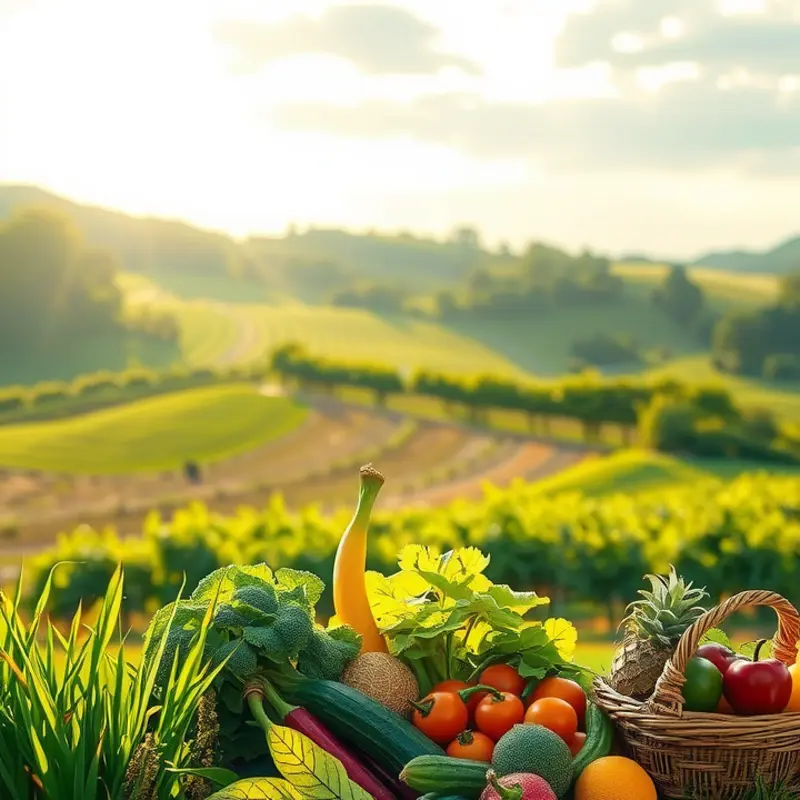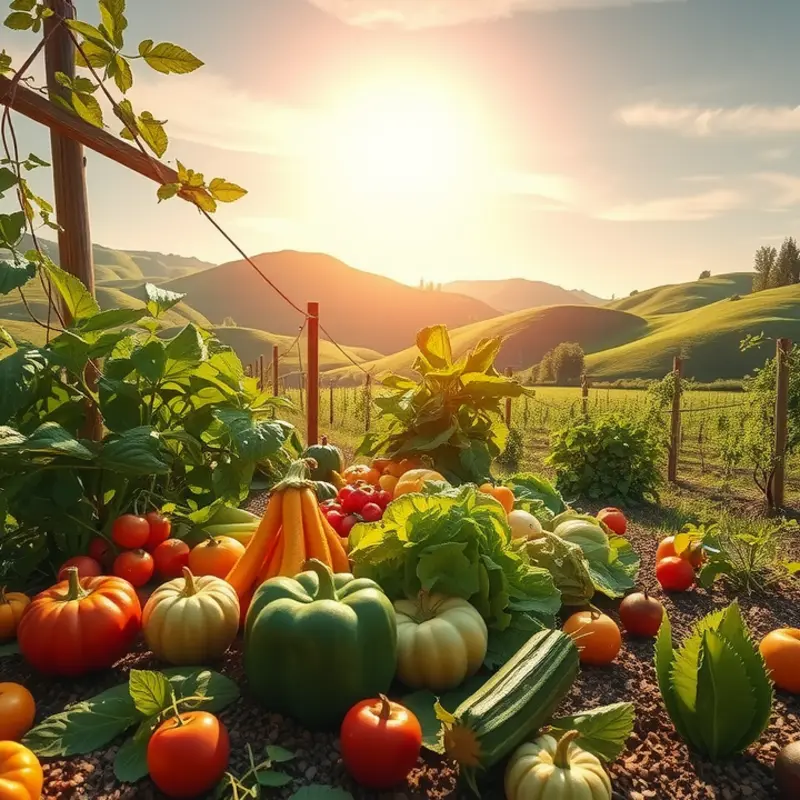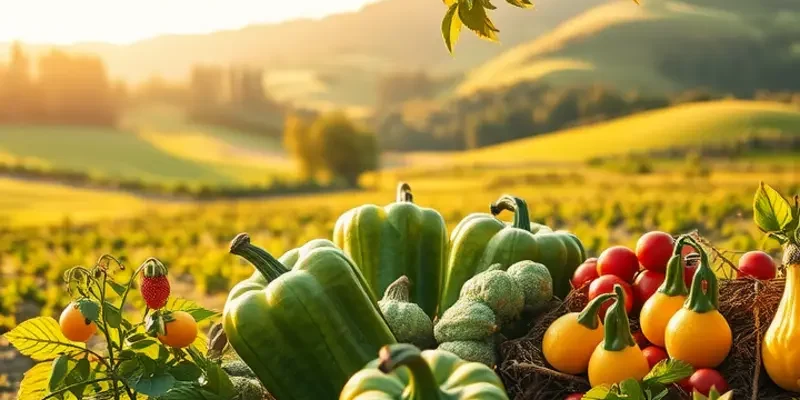Island nations, each a gem in the vast ocean, boast rich maritime heritages that shape their culinary landscapes. With breathtaking coastlines and vibrant ecosystems, these regions have evolved distinctive fish traditions, deeply intertwined with their cultures. Food enthusiasts are invited to delve into the fascinating world of seafood delicacies that celebrate local fishing techniques, seasonality, and traditional cooking styles. From barramundi in Australia to wahoo in the Caribbean, the flavors of these island nations beckon to be explored.
From Sea to Plate: Fishing Traditions Across Oceans

The allure of island nations often lies in their connection with the ocean, where fishing traditions shape both cultural identity and culinary art. These traditions, honed over centuries, unfold narratives of survival, innovation, and community. The relationship between islanders and their surrounding waters is deeply woven into the fabric of life, frequently dictating food security and cultural continuity.
Many island nations employ artisanal fishing methods, passed down through generations, which often prioritize sustainability. In the Caribbean, hand-line fishing is common, a method that involves using a simple line and baited hook. This technique ensures minimal bycatch, supporting conservation efforts while providing local communities with an essential dietary staple.
Similarly, the Maldives has preserved the practice of pole-and-line fishing, especially for tuna. This method respects the delicate marine ecosystems by avoiding the mass destruction caused by large-scale fishing operations. The gear used is minimal: a pole, a fishing line, and a hook. This technique has also gained global recognition for its eco-friendliness, ensuring that the waters support not only food needs but also tourism and biodiversity.
In Japan, the art of Ikejime highlights the quest for flavor and freshness in seafood. This humane method of processing fish involves conscientiously preserving the meat’s quality by reducing stress. Fish subjected to this practice are prized in gourmet cooking for their superior texture and taste. Such precision reflects a wider cultural emphasis on the quality of ingredients and the ethical treatment of resources, a model that has been adopted globally.
The Pacific Islands offer another intriguing insight into fishing cultures, where communal methods such as the octopus dive are celebrated. Here, local divers—often women—use bare hands to lure octopuses from their dens. This method symbolizes the respect for marine life and the intimate knowledge the locals possess regarding underwater habitats. It’s a testament to the sustainable practices that islanders have adapted to their unique environments.
Fishing plays a vital economic and cultural role beyond sustenance. It sustains local economies through direct employment and secondary industries such as processing and transport. As global demands increase, the economic potential of these industries also grows, presenting opportunities and challenges alike. Sustainable practices remain crucial to ensuring that resources are not overexploited, maintaining the delicate balance between economic development and environmental stewardship.
Culturally, fishing traditions are steeped in rituals and folklore, often becoming a source of communal bonding. Festivals around fishing seasons are abundant, celebrating not only the harvest but also community unity and heritage. Such events provide a platform for younger generations to learn ancestral methods, ensuring that traditional knowledge is preserved amid the pressures of modernization.
The culinary identity of island nations is undeniably tied to these fishing traditions. Dishes like Tahitian poisson cru or Hawaiian poke derive their taste from the freshness of the catch and the authenticity of preparation methods. These seafood delicacies offer the world a taste of the islands, a flavor embedded in history, community, and ecology.
For those interested in diving deeper into sustainable seafood practices, exploring speedy seafood prep offers insights into preparing these delicacies while honoring traditional methods. Through understanding and appreciating the efforts behind these traditions, there’s hope that they can continue to thrive for generations to come.
Culinary Rituals: Cooking with Local Fish in Island Cultures

From the windswept shores of the Atlantic to the sun-drenched beaches of the Pacific, island cultures have mastered the art of preparing and savoring local fish. These traditions are deeply rooted in the islands’ unique climates and cultural heritages, allowing each dish to tell its own story through vibrant flavors and meticulously chosen ingredients.
One such tradition is found in the Hawaiian Islands, where the iconic poke bowl showcases fresh, raw fish, often tuna, paired with limu (seaweed) and kukui nuts. Born from a deep respect for the ocean’s bounty, this dish embodies both simplicity and complexity, marrying the salty, savory flavors of the sea with the earthy richness of local produce.
In the Caribbean, cooking methods are as varied as the islands themselves. Grilling, or “jerk” cooking, is popular, infusing fish with a fiery blend of spices locally sourced, like allspice and Scotch bonnet peppers. This method not only respects the limitations of the Caribbean climate—where scorching heat can be used to tenderize fish naturally—but also enhances the flavor profile, creating a dish both fiery and flavorful.
Meanwhile, the Mediterranean islands, bathed under the warm sun, utilize olive oil, herbs, and citrus to highlight the natural flavors of local fish. Fishermen in these regions often serve pesce all’acqua pazza, or “fish in crazy water,” a dish where poached fish is simmered in a broth of tomatoes, garlic, and herbs, reflecting both their bountiful harvests and their artistry in the kitchen.
In Southeast Asia, the method of fermentation is favored in creating complex flavor profiles and preserving bounty. In the Philippines, the delicious kinilaw preparation uses vinegar, citrus, and sometimes coconut milk, to “cook” fish without heat. It combines the tartness of vinegars with the freshness of the fish, resonating with tropical flavors dictated by the season.
Environmental conditions play an undeniable role. With the colder waters of Nordic islands, drying and smoking fish are time-honored methods of preservation and flavor enhancement. The Scandinavian dish gravlax, involving salmon cured with salt, sugar, and dill, not only showcases traditional techniques but also complements a minimalist approach to food, ensuring a balance between nature and cuisine.
To maximize these flavors while reducing your ecological impact in the kitchen, consider employing eco-smart kitchen storage strategies. They align with islanders’ traditional practice of using local, seasonal ingredients while minimizing waste, echoing the sustainable practices of their ancestors.
These diverse cooking methods not only preserve the integrity of the fish but also honor the cultural significance drawn from generations of practice. Just as each island’s ecosystem is distinct, so too are its culinary rituals, offering a beautiful tapestry of flavors that pay homage to the treasured relationship between communities and the ocean’s gifts.
Final words
The culinary traditions of island nations are a testament to humanity’s connection with the sea. With every fish caught, a story is told—one of resilience, culture, and an unyielding bond with nature. As you explore the local dishes and their histories, you’ll likely appreciate not just the flavors but the communal spirit that underlies these time-honored practices. Embracing local fish traditions not only supports sustainable fishing but also enriches our global culinary tapestry, reminding us that food is, above all, a journey meant to be shared.








